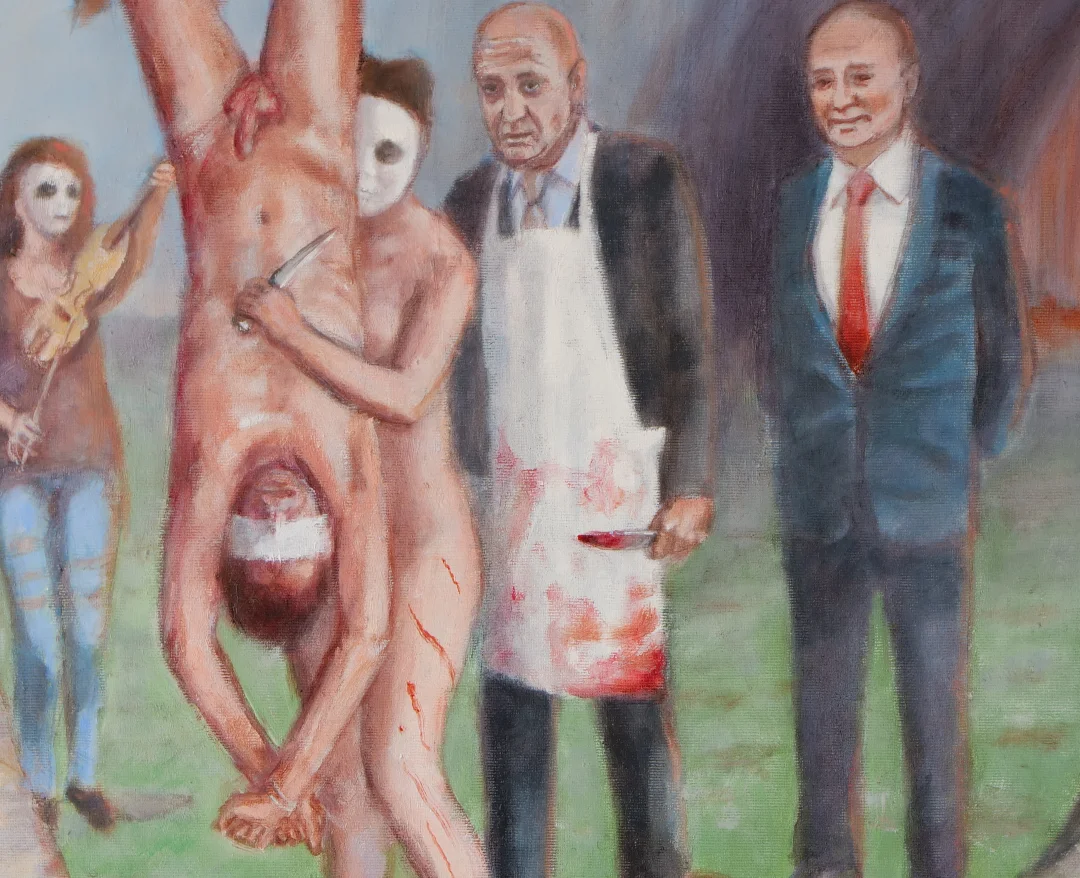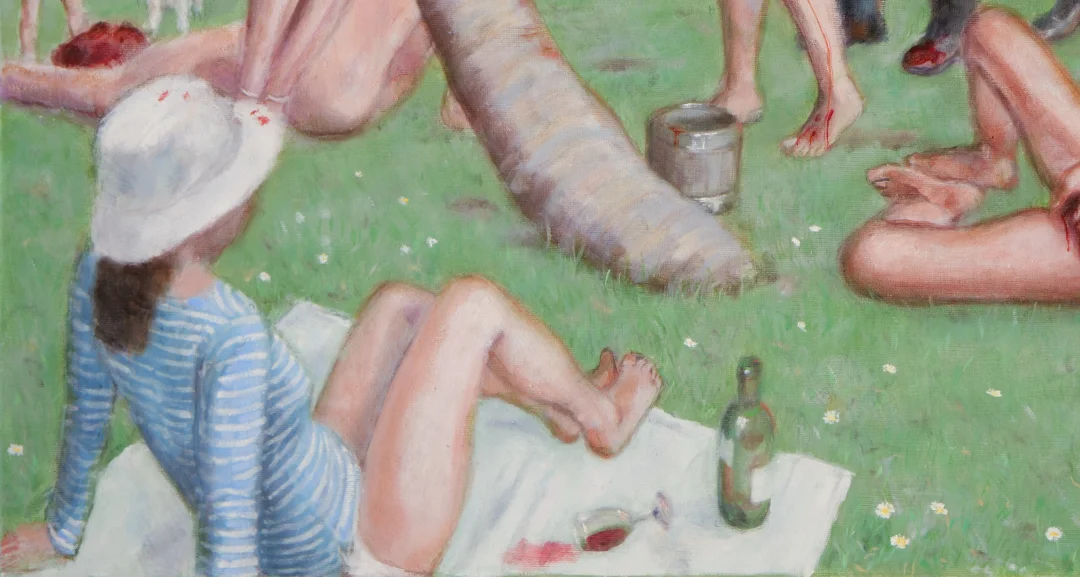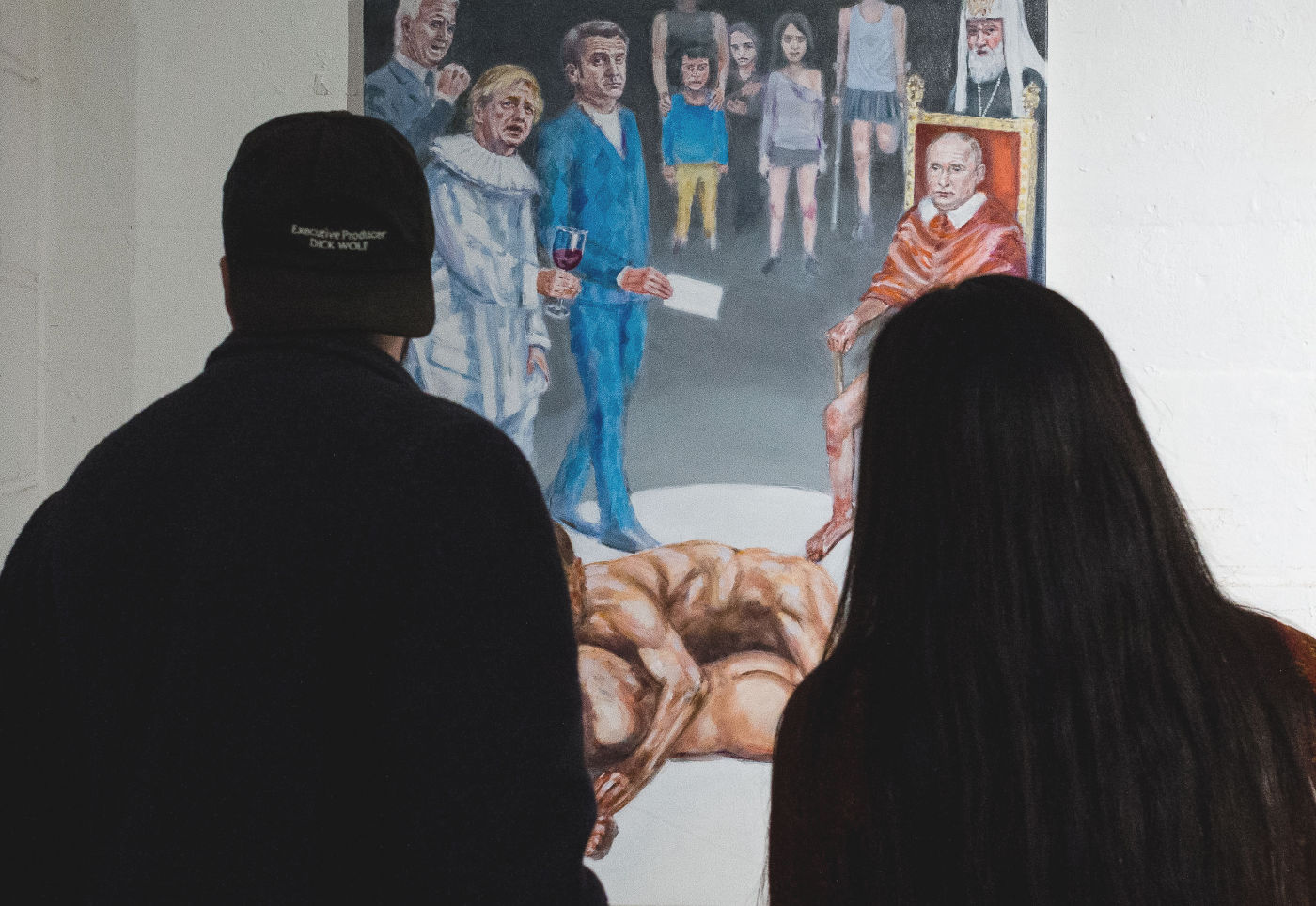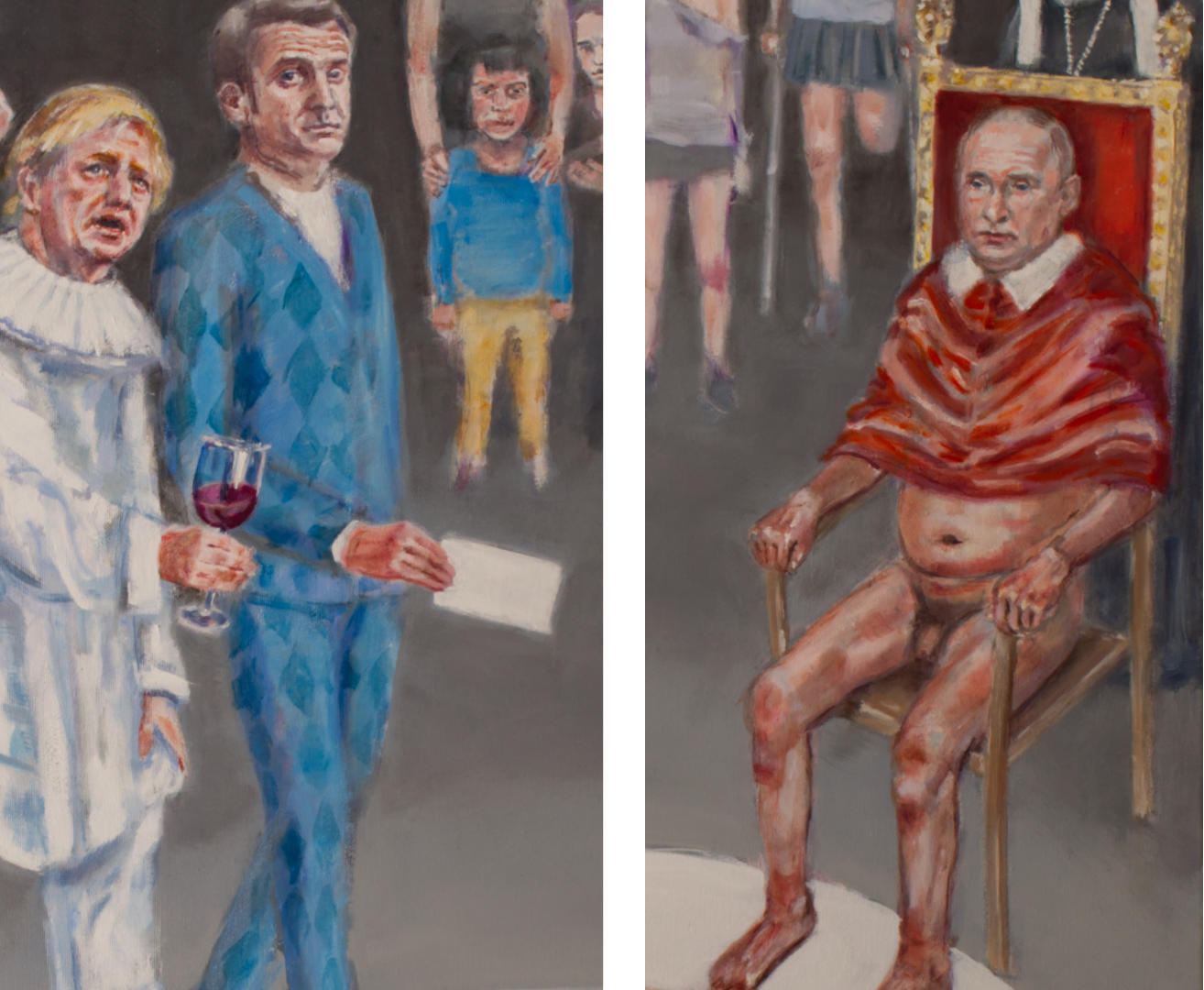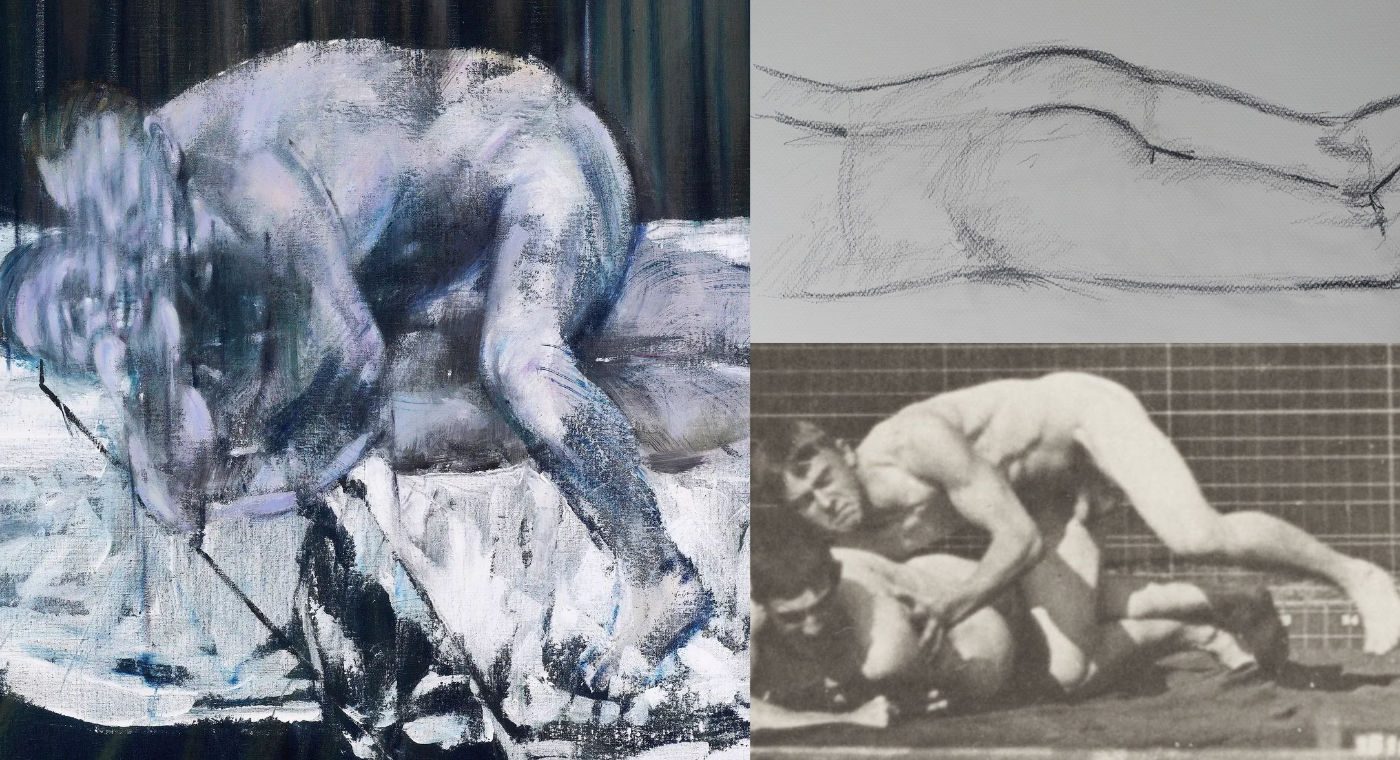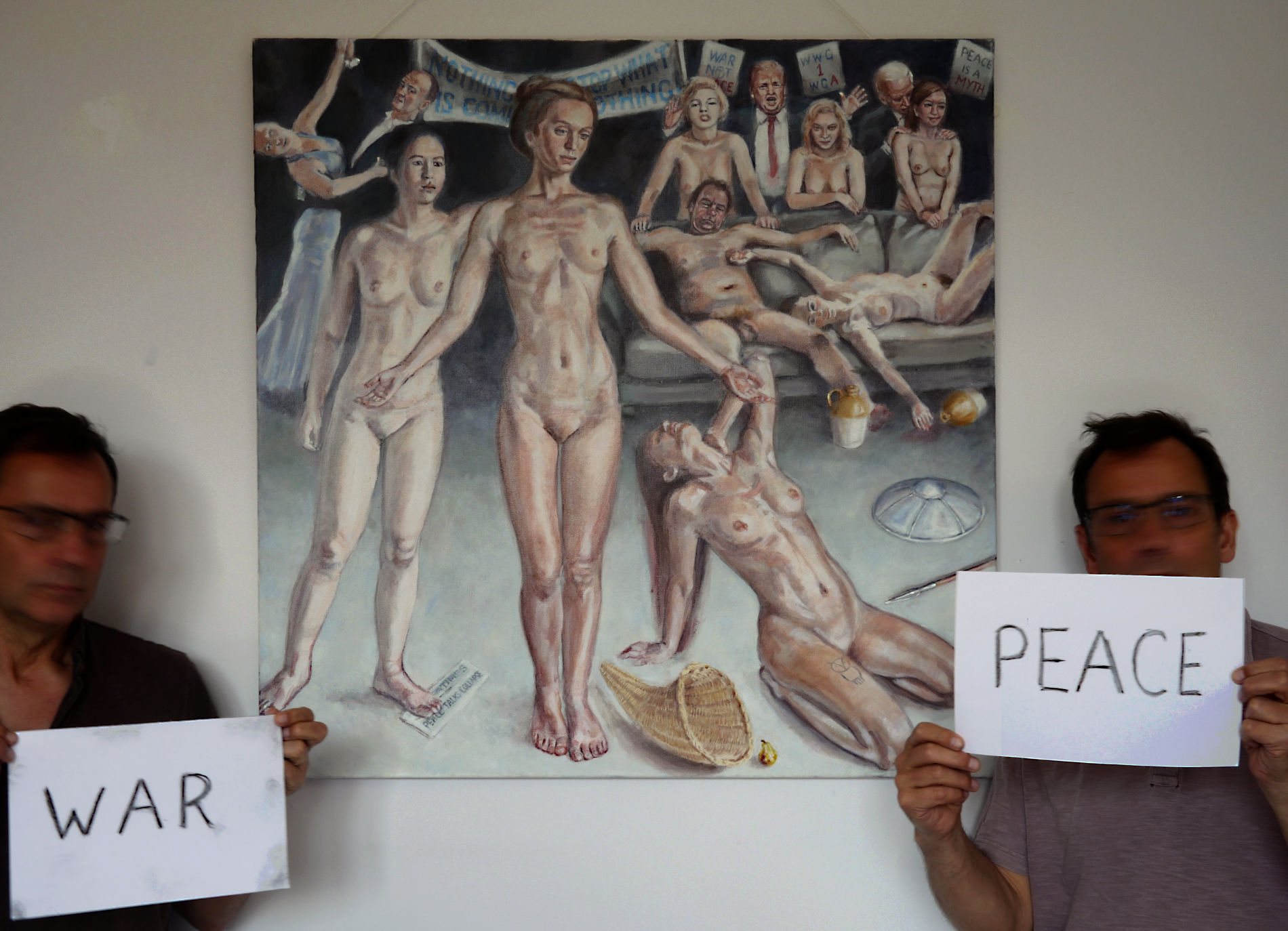
The Disaster of War.
Art and war – can art make a difference?
Aside from my portrait practice, war and conflict has been the subject of much of my recent artwork. The unchecked march of ISIS across Iraq and Syria in 2014 first prompted me to address this subject. The current preparations for the impending war against China reinforced my interest. The political climate that was feeding this frenzy was the inspiration behind my painting “Alleged Assault on Pax by Mars” (shown above).
With the Russian invasion of Ukraine I felt compelled to work full time on “Men Wrestling” and “The Disasters of War”. Even though I was neglecting more commercial work, I felt it was so very important to make a statement with these paintings. Now I am wondering if it was worth it.

What was the point?
The Israel-Hamas war has left me feeling empty. Its brutality has shocked me, and I have been appalled by people’s reactions to it. I have no desire to pick up my paintbrushes and say anything about this war. Other than it disgusts me. I am disappointed in humanity. It seems we are no more than beasts.
So in this dark mood I heard an interview with legendary war photographer Don McCullin, where he spoke about how depressed he was with the present conflict.
‘I am slightly depressed in a way, because I think everything I’ve done concerning international conflict, everything I have contributed to showing how awful it is, I think has been a waste of time really.’
‘I’ve looked at so many wars, I’ve been in so many wars, and nothing has changed.’
The BBC interview: Acclaimed war photographer: ‘I don’t believe I ever made difference’
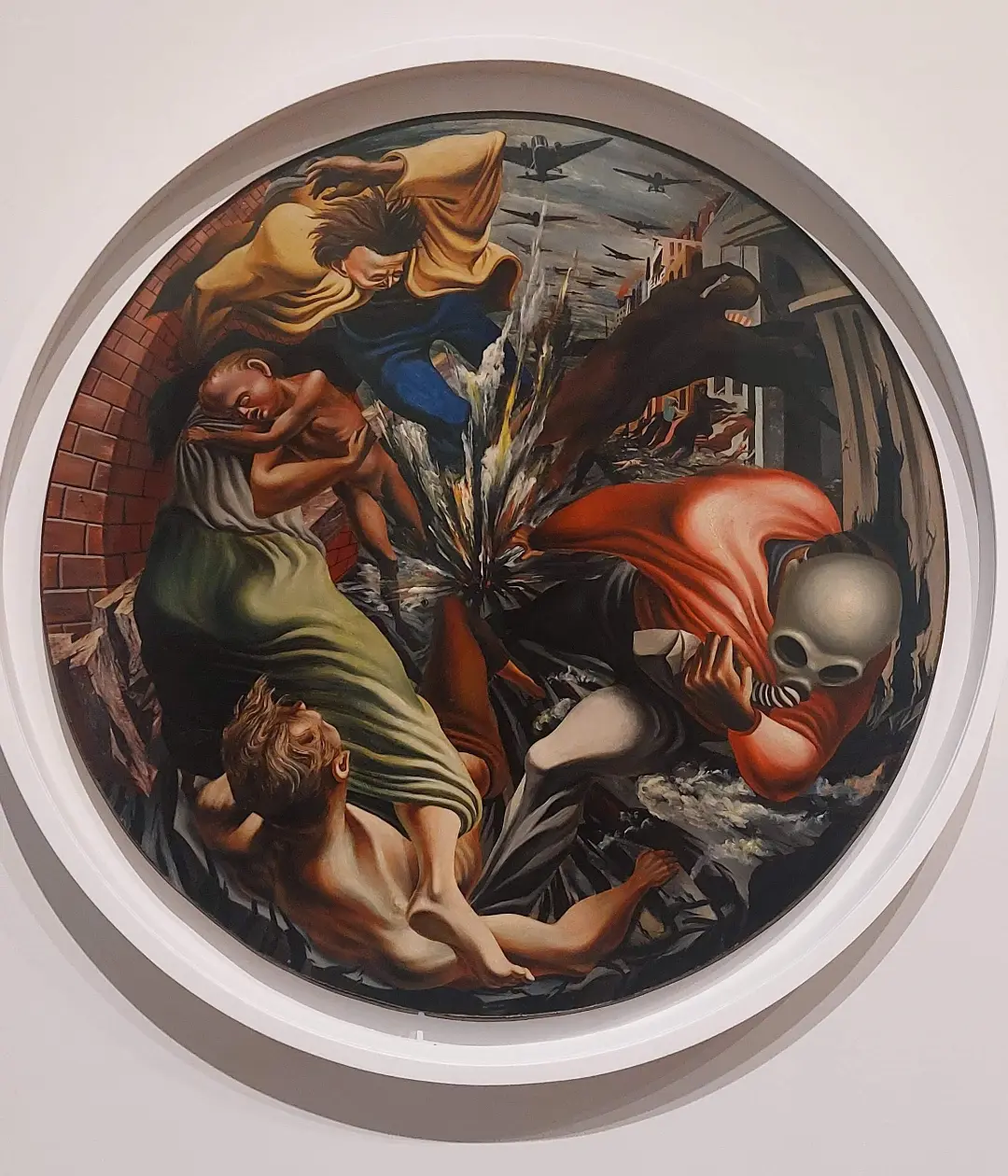
He summed up exactly how I was thinking, and got me wondering if art really can make a difference. I’ve started looking out for paintings about war in my gallery visits. At the recent Philip Guston exhibition at the Tate I saw his painting Bombardment (photo above). It’s a reaction to the bombing of Guernica during the Spanish Civil War. I hadn’t realised that many artists responded to this event. I was only familiar with Picasso’s masterpiece. Clearly none of them made any difference at the time. Instead of significantly influencing public opinion, they instead became just another record of the atrocity.
Producing my anti-war paintings may be no more than a cathartic experience. If that is the case, what really is the point in painting them?
I suppose it’s a bit like joining a protest march. Each little voice might not make much difference, but it helps make that call for change a little louder.
You can see and read about my paintings about the Ukraine War in the posts below:
An awkward conversation about my Ukraine War painting
The Disasters of War



